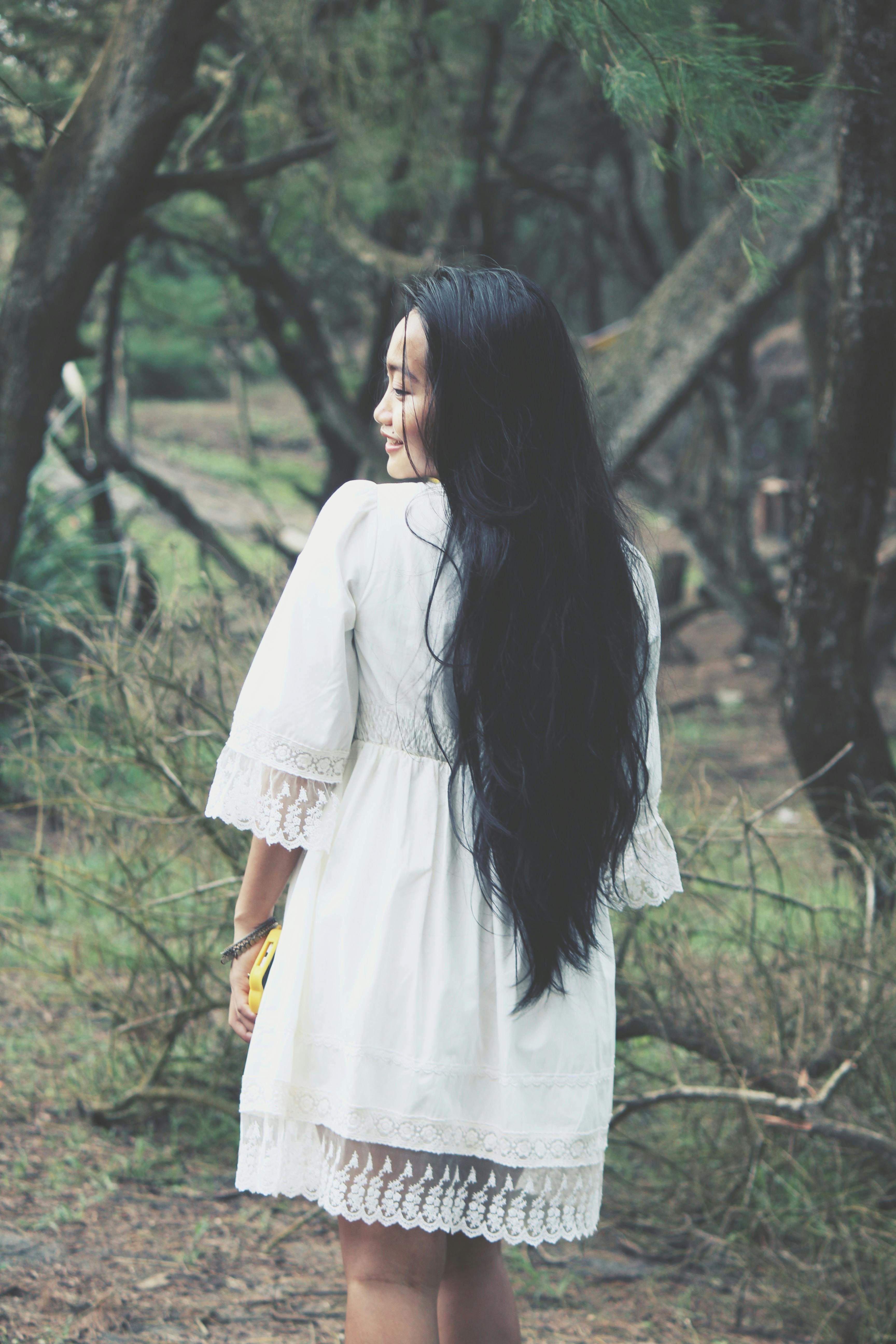Rich imagery permeates the customs that go into Asian bride festival rituals. The ceremonies are a nod to Asian culture’s deeply ingrained beliefs that the union of couples should be honored by their families and by the universe. These ceremonies range from the wedding asianbrides.org/indonesian-brides/ hairdressing and capping ceremonies for the bride to the otoshigami, where the groom blocks himself with his family and friends. The tea ceremony also features the couple serving their parents, grandparents, and other elders and receiving red envelopes ( or hong bao ) filled with money or jewelry.
On the day of their marriage, it is customary in Chinese weddings to respect one’s ancestors and gods. This entails changing into fresh attire and taking a plantain leaf shower to lift ghosts. The vicar’s community is then expected to prepare 12 presents for their daughter-to-be, including wedding cookies, traditional Chinese cake https://www.eonline.com/news/1334852/here-are-the-9-biggest-changes-the-summer-i-turned-pretty-tv-show-made-to-the-book, a bamboo utensil set, candles and firecrackers, gold jewelry, and cash.
Usually, a march travels from the groom’s household to the bride in the Japanese marriage service. Visitors will bring lamps and banners, sound gongs to frighten away evil spirits, and lighting a bonfire made from the divine sakaki tree’s branches. A little poem that teaches newlyweds religious values for married life is then read by a miko, or feminine admin of the priest.
The few bow to the bride’s ancestors and the temple gods after clapping their hands twice. A few days afterward, to exhibit her respect and appreciation, the wife kneels down in front of her husband’s parents and grandparents and offers them drink with two flowers seedlings or two purple deadlines.
